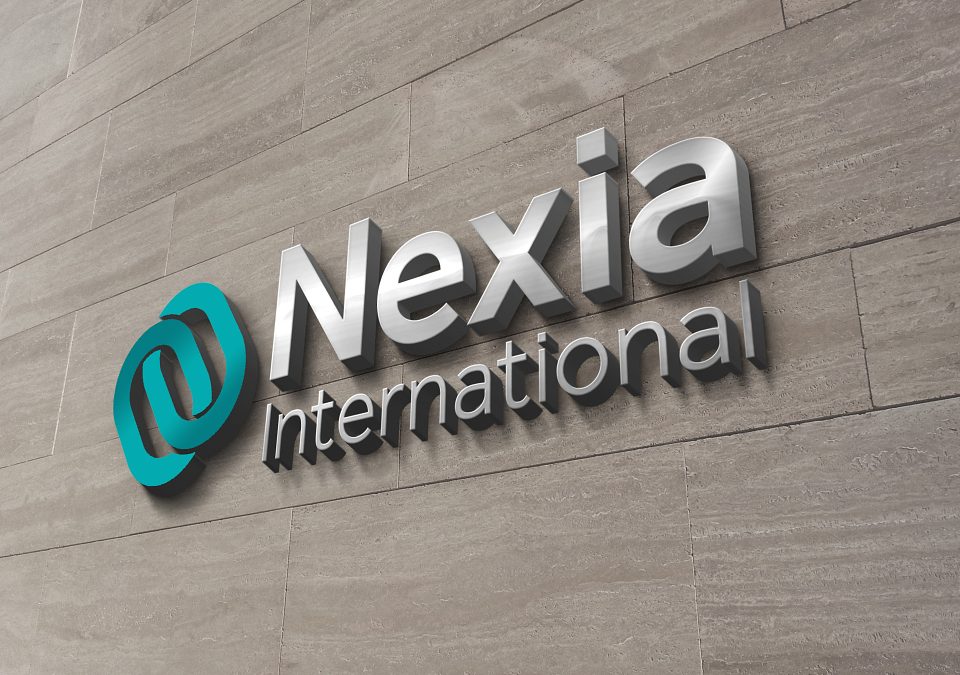From the January 2013 Issue.
Taking the time to sit down and speak with today’s technology leaders is always a great learning experience for me. I enjoy hearing about career paths, backgrounds, obstacles, and ultimately, the vision. Jon Baron, managing director of the Professional Segment for the Tax & Accounting business of Thomson Reuters, is one of those thought leaders in the tax and accounting profession that has a great story, complete with a grand vision.
I was able to secure some one-on-one time with Jon during the 2012 Thomson Reuters SYNERGY Users’ Conference in early November. Based on our conversation, I was reminded of Jon’s visionary status and was impressed with how he has led Thomson Reuters consistently forward in the area of technology innovation. I began the conversation by asking Jon for a quick run down of his professional background. And here it is…
Jon started his career in the accounting niche after graduating from Siena College in Albany, New York. Shortly after graduating, he joined a major tax and accounting software vendor, starting in service bureau tax processing operations, and then to outside sales for brief period. With a knack for tax, Jon was soon heading up tax 1040 development, and eventually he took over development of the vendor’s entire tax compliance product line and was a member of the business development acquisition team. In addition, Jon also ran the training organization and headed up western regional support.
Despite Jon’s expansive experience across multiple departments and functions, he maintained an eye on tax. In the early 1990’s, he saw the writing on the wall—understanding that outsourced service bureau tax was on its way out. So when the opportunity to join a fast moving, forward-thinking organization opened up, he jumped on board. That organization was of course Thomson Reuters (branded Creative Solutions at the time). His vision at that time was to develop a powerful new tax product for the profession.
Jon saw that microcomputers were the future, so he focused on building a tax product that would support firms in processing tax returns in house with speed and accuracy. By the end of 1995, Jon was running the entire development group Thomson Reuters’ Creative Solutions business unit. . In 1996, under Jon’s development leadership, Creative Solutions released their tax product to run in Windows. Then in 1997, Creative Solutions became part of Thomson Reuters and shortly after, Jon was named president and CEO of the business.
Fast forward to today, and Jon is still at the helm. With over 30 years of experience in the profession, Jon truly embodies technology and innovation leadership. My goal in speaking with Jon was to understand how his grander vision paved his professional path and how it has changed the profession.
Darren Root: Jon, you are obviously a visionary and have proved to be a force in how technology has evolved in the accounting profession. Can you explain to me when your vision became clear?
Jon Baron: In the late 1990’s, I began to see the true power of the web and started to focus on how firms could harness being online to better serve clients. What I envisioned were private client portals. To achieve that end, I also saw a need for an advanced document management system to help firms achieve paperless workflow and deliver documents to their clients over the web. An easy to use web site building tool and hosting solution was also needed to provide a vehicle for clients to access their information quickly and engage the accounting firm online.
Darren: Thomson Reuters has always been focused on the accounting firm market. What’s the rationale behind this strategy?
Jon: We’ve always been in the business of serving accounting firms. Our goal is to help practitioners be the best they can be in the eyes of their clients and prospects. If we help firms accomplish this, we’ve done our job.
Darren: Where do you see mobile as it affects accounting firms and the transition forward?
Jon: We began to see a new technical cycle – the mobile web – emerge starting in late 2005, and accelerating in 2006. My feeling was that the new cycle was going to have an impact on literally everything – including how accounting firms operate – and that the cycle was going to take hold very rapidly. We began to envision mobile products in 2006, and actual development in 2007. Mobile allows firms to collaborate much more effectively and efficiently with staff, colleagues and most importantly, clients. It’s all about getting information in real time…instantaneously. With mobile apps, practitioners can serve their clients 24/7 from anywhere and from any device. There are no more tethers. This is the way society communicates today. We need to make sure firms have that same ability.
Darren: You released NetClient CS Mobile at your annual SYNERGY Users’ Conference. Tell me more about this new product.
Jon: NetClient CS mobile is an extension of NetClient CS portals. It offers accounting firm clients on-the-go access to services and content from the firm. What’s more, we have enabled firm branding in the app so that the client experiences the firm’s name and logo while using the app. NetClient CS Mobile offers clients access to tax returns, financial statements, and other documents, as well as online accounting and payroll services, payroll data, and more. NetClient CS Mobile makes it easier for firms to connect with their clients and do business anytime, anywhere. Helping firms offer a rich client experience every time is a core goal for Thomson Reuters.
Darren: Often times practitioners are slow to move their firms forward. Where do you see Thomson Reuters’ role in helping firms adopt change and move forward?
Jon: We are always looking downstream to determine what is coming and what firms will need to succeed moving forward. We view our role as a partner to our customers, helping lead them in the direction the marketplace moving. It’s tough to maintain a balance between leading firms into the future while also helping them where they are currently, but we are dedicated to doing just that.
Darren: Many of the products you are building seem to be collaborative in nature. Can you tell me what your thoughts are here?
Jon: I can’t think of a product we are building that doesn’t have client/firm collaboration at its core and mobile technology at the forefront. Take for example our Accounting CS offering. Our objective is to support a single database to support client/firm collaboration. In reference to building products for accounting firms, we also want to design our products so that the accounting firm remains squarely in control of the relationship. This is critical and a main focus.
Darren: What do you see as some of the biggest challenges firms are struggling with in the adoption of new technology.
Jon: Really I see it as inertia and fear of the unknown. They have done things a certain way for so long, and it has worked for them, so many professionals just don’t see a need to change. I see so many mainstream companies that are becoming less relevant today in the marketplace—such as Research in Motion (Blackberry), Kodak or Best Buy. These are businesses that had very strong business models, but failed to adjust quickly enough to market changes primarily driven by technology advances and resultant changing customer needs. The accounting profession is no different. The profession, as a whole, needs to better adapt to change and see change as opportunity. Sometimes I’m asked how I can compare Research in Motion’s battle with Apple, with an accounting firm. My response is that Apple in essence, changed the business model for Smartphones and that Research in Motion failed to respond to the business model change. The web, and now the mobile web, has dramatically changed the business model for accounting firms and they should adjust. We see one of our main roles as helping firms move to the new business model by serving as their technology partner and by offering unique consulting and thought leadership offerings. We work with our clients to help them understand the necessity of change and the goals associated with adopting the right technologies and digital workflow tools to succeed.
Darren: Why do you think so many firms can’t or refuse to change?
Jon: Many firms are so immersed in their day-to-day activity that they are not able to step back and look at their businesses. They are incredibly busy. They are also fearful. Technology does not always come naturally to the profession, and fear of the unknown can stagnate some individuals.
Final Thoughts
Jon Baron is clear on one thing: Thomson Reuters is a partner to their clients. From launching the first tax product to the company’s advanced mobile apps, Thomson Reuters maintains a laser focus on how its innovations can help firms better serve clients. Baron is not a “technology for technology’s sake” kind of leader, but rather he is a visionary—always looking ahead to develop applications that will support firms in running at peak efficiency and support a rich client experience.
Baron understands that you can’t force practitioners into adopting technology just because it’s new and exciting. “We build solutions that help, and we take the time to guide our clients on the changes required to move their firms forward,” Baron stated.
Not one to rest on his laurels, Baron will continue to look downstream and work with other Thomson Reuters’ leaders to predict the next big trends and needs of the profession. His quest for technology innovation is indeed ongoing.
Thanks for reading CPA Practice Advisor!
Subscribe Already registered? Log In
Need more information? Read the FAQs
Tags: Firm Management, Technology





